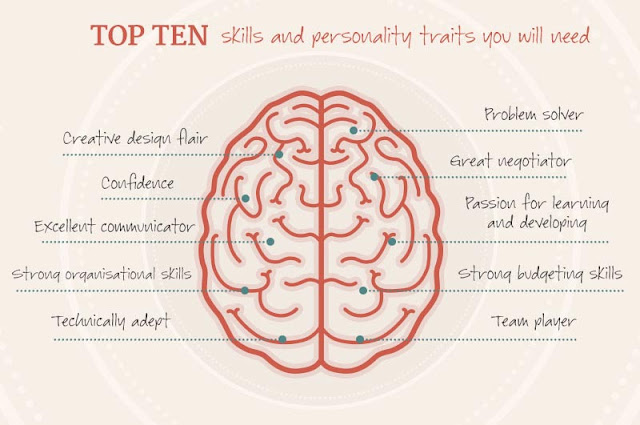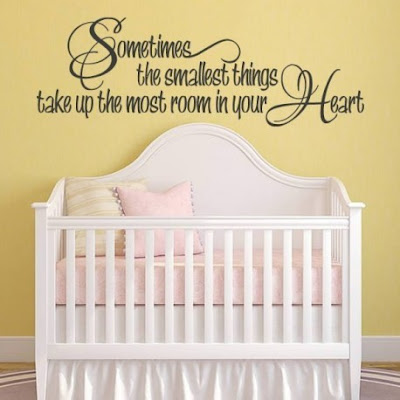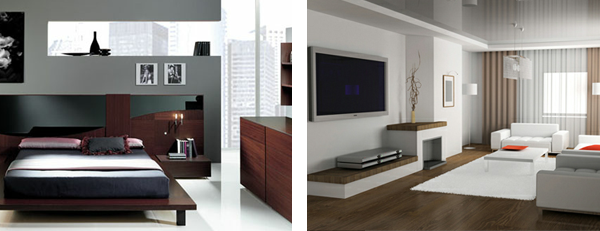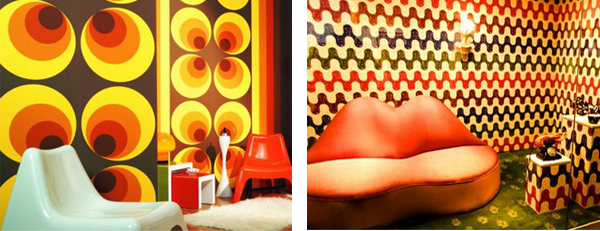 |
| An Interior Designer At Work |
What is the job?
So what is an Interior Designer? Well firstly - they are not the same as interior decorators! Interior designers use a range of design techniques to make the best visual and physical use of space; they plan and organise the design of commercial and domestic interiors such as offices, hotels, shops, public buildings, ships, aircraft and homes. In contrast, an interior decorators sole focus is the selection of furniture and finishes to create a consistent style within a space. The role of an Interior designer is more complex and will also usually involve the use of architectural software(s) and a working knowledge of the architectural/construction process.Interior designers may specialise in residential or commercial interiors or both. Interior designers formulate designs which are intended to be practical, aesthetic, and conducive to intended purposes, such as raising productivity, selling merchandise, or just improving life style within the home. Commercial contracts include hotels, restaurants, schools and universities, office buildings, factories and clubs. In addition to planning the interiors of new buildings, they may also redesign existing interior spaces. Interior designers in the United States earned a median annual salary of $50,000.
A typical day in the life of an interior designer may include the following activities...
, to ensure progress is being made in accordance with agreed timelines and plans are being adhered to. Training and qualifications
Training to become an interior designer can take from two to four years and is available from professional design schools, colleges and universities. One can earn an associate degree or certificate by attending a two to three-year program, or a bachelor's degree by attending a four-year program.Upon graduating with a bachelor's degree, an interior designer would most likely begin a one to three-year apprenticeship program at a design or architecture firm and work under the supervision of an experienced interior designer before later taking on projects by themselves.
A graduate with a certificate or associate degree would usually start his or her career as an assistant to an interior designer.
Developing your own portfolio while studying and during an internship or apprenticeship is also a vital part of progressing your career as an interior designer. For freelance work and during interviews for promotions or new jobs a quality portfolio of work will help you stand out from the crowd.
If you want to become an interior design the key skills that you will need include...
- Excellent communication skills in order to deal with colleagues, clients, suppliers and craftsmen.
- Ability to use multiple softwares such as Auto Cad, Archi-Cad, Sketch-Up, Artlantis, PhotoShop etc in order to create plans and 3D visuals to present to a client or local authorities.
- Strong creative skills matched with a desire to produce original designs. High level of organisation skills - managing finances, project timelines, suppliers deliveries, craftsmen, client objectives - potentially on multiple projects simultaneously.
- Excellent attention to detail and accuracy, especially in creating plans and layouts which may need to meet building and safety regulations depending on the project.
- Resourcefulness and problem solving to overcome issues arising such as unexpected costs, unavailable materials, missed deadlines, personality clashes or multiple other potential issues which can arise during a project.
- Ability to work as part of a team or as a team leader.
Typical Workday Activities:
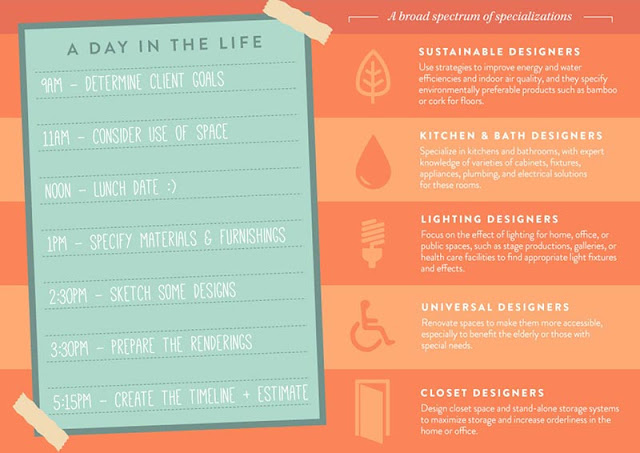 |
| A day in the life of an interior designer |
- Establishing what the client wants to achieve and the budget available for the project.
- Consider how the space will be used and how people will move through the space.
- Developing initial ideas and concepts through sketching preliminary design plans, including electrical and partition layouts.
- Producing designs using hand drawings and computer-aided design (CAD), showing how the spaces inside the building will be organised, constructed and finished.
- Ensuring all proposals comply with the relevant regulations.
- Producing detailed drawings for the contractors to use once proposal is accepted.
- Detailing to scale the construction and finish of all areas of the project and writing specification of works including schedules for finishes, ironmongery and equipment.
- Preparing tender documents where necessary for the construction work.
- Visiting the site to check progress and inspect the work.
- Project managing for the client where required, to ensure the project is constructed and finished to suit the proposals and to keep control of design issues which may arise on site.
- Working closely with other construction professionals such as architects, quantity surveyors, structural engineers etc.
- Searching for and bidding on new projects.
- Specifying materials and furnishings, such as lighting, furniture, wall finishes, flooring, and plumbing fixtures.
- Creating timelines for the interior design project and estimate project costs
- Placing orders for materials and oversee the installation of the design elements.
- Conduct the construction administration of the project and coordinate with general building contractors to implement the plans and specifications to build the project
- Visiting the site during the project
Typical career routes
The job tends to be divided into various levels of seniority, based mostly on experience. As a general rule, the greater the seniority, the more responsibility the designer will have for the overall project.Typical career routes
Environment - Large design firms may have the resources for a more comfortable work environment and state-of-the-art equipment. They also have established connections with related firms and specialists. This can be an important consideration for anyone starting an interior design career.
Clients - If you are self-employed, you may have more say in which jobs you take; however, you are responsible for finding your own clients and connections.
Many interior designers are self-employed or do contract work on top of their jobs at design firms. When deciding where you want to work, you must evaluate the risks and rewards for yourself.
Work Hours - If you are self-employed or work for a small firm, you are more likely to work flexible hours as you adjust your schedule around your clients' needs and deadlines. If you start your interior design career in a large design firm, you will probably have more predictable hours.
Specialist Areas:
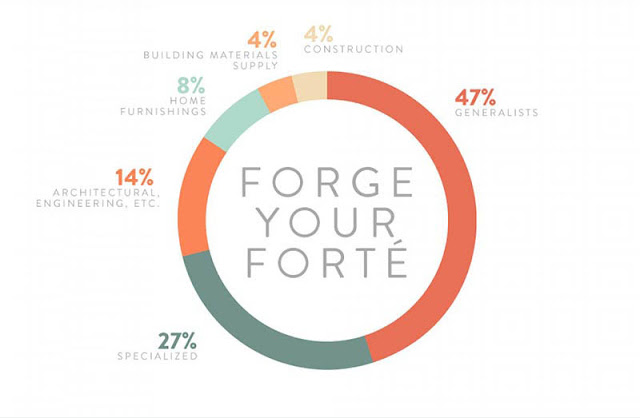 |
| Many interior designers will specialise in a particular field |
As your interior design career progresses, you may discover a preference for one type of interior design over another. You can specialize in designing for corporate settings, restaurants, hotels, and hospitals or other health care facilities, or you may decide to focus on residential design. You may even narrow your focus further to kitchens or bathrooms, for example. If you like choosing colors and fabrics, but would rather not handle the nitty-gritty details, such as safety codes, you may want to be an interior decorator rather than an interior designer. Although many people use the terms interchangeably, interior decorating is less technical than interior design.
Whether you prefer sticking to one interior design style that fits you perfectly, or you want to switch things up now and then, an interior design career gives you many options. Choose from the following types of interior design...
- Corporate Interior Design - Design ergonomic and efficient work spaces that will project the right image for a company. They focus on creating spaces that are efficient, functional, and safe for employees. They may incorporate design elements that reflect a company’s brand in their designs.
- Bathroom Design - Help your clients get the bathrooms of their dreams with designs that are elegant and restful as well as functional. You will need expert knowledge of the variety of relevant cabinets, fixtures, appliances, plumbing, and electrical solutions.
- Exhibit Design - Create exhibits for clients ranging from art galleries to zoos, or help companies design exhibits for tradeshows and showrooms.
- Feng Shui Interior Design - Use the principles of Feng Shui to get the energy flowing and create balance in an environment.
- Green Interior Design - Develop expertise in designing spaces using products and methods that are environmentally friendly. They may obtain certification in Leadership in Energy and Environmental Design
- Health Care Interior Design - Help make health care centers such as hospitals, cancer centers, drug treatment centers, nursing homes, social services providers, doctors' offices, dental offices, etc. more efficient and welcoming through interior design.
- Hotel Interior Design - Create inviting spaces for the hotel industry while considering several important factors such as: comfort, function, aesthetic appeal, concept and budget.
- Japanese and Asian Interior Design - Bring the graceful, uncluttered aesthetic of Japanese and Asian interior design to clients in any geographic location.
- Kitchen Design - Give your clients the kitchen they've always wanted. Develop expertise on appliances and efficient kitchen design.
- Modern Interior Design - Incorporate the sleek look and practical principles of modern design into your work.
- Residential Interior Design - Work with clients to improve the form and function of their living spaces, while helping them define and reflect their personal style.
- Restaurant Interior Design - Develop design concepts that will contribute to positive customer experiences and the success of restaurant businesses.
- Set Design - Use your design skills to work in film, television or theater.
- Zen Interior Design - Create beautiful interior spaces using the minimalist style of Zen interior design.
- Universal designers renovate spaces in order to make them more accessible. Often, these designs are used to renovate spaces for elderly people and people with special needs; however, universal designs can benefit anyone.


